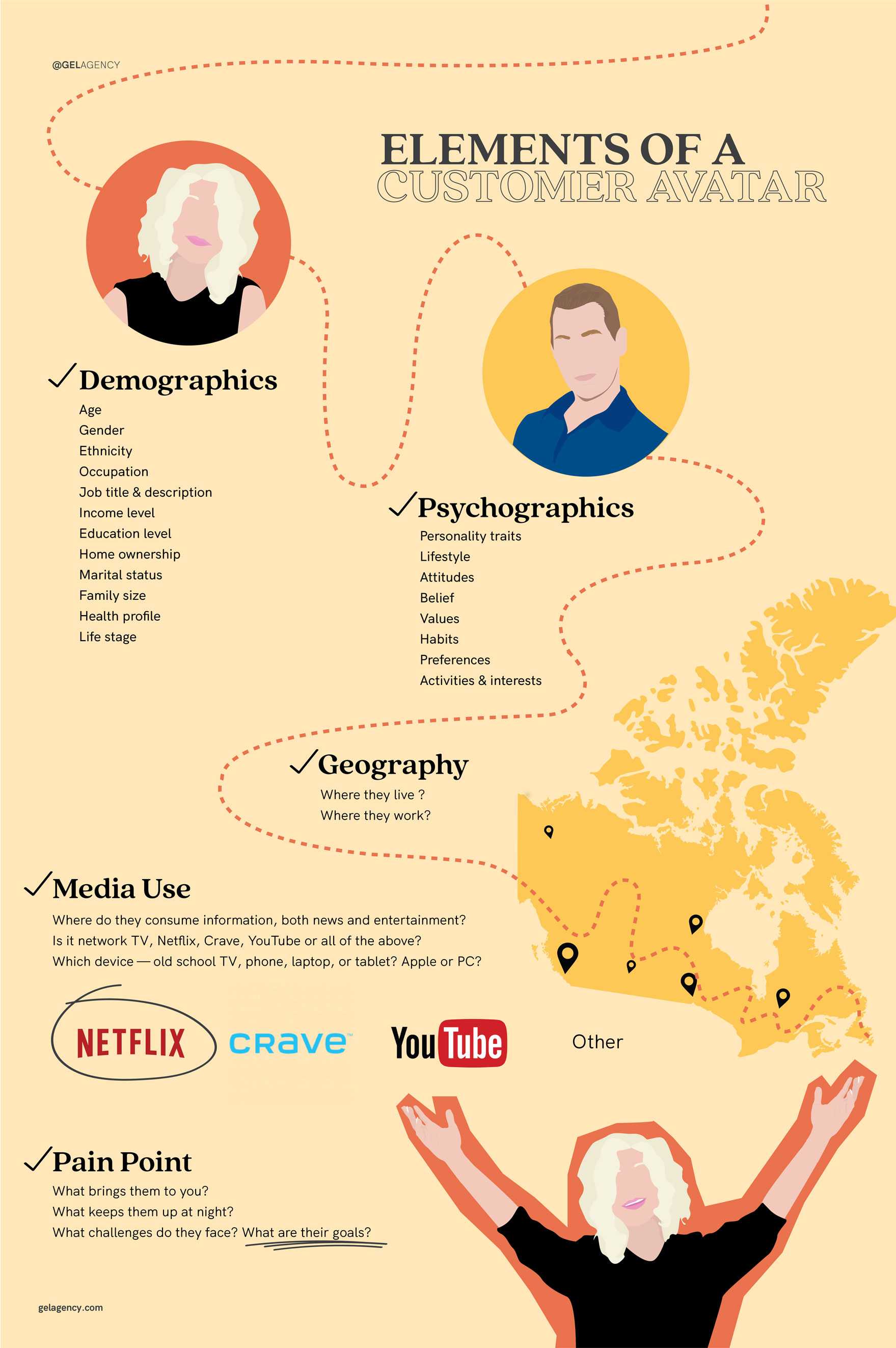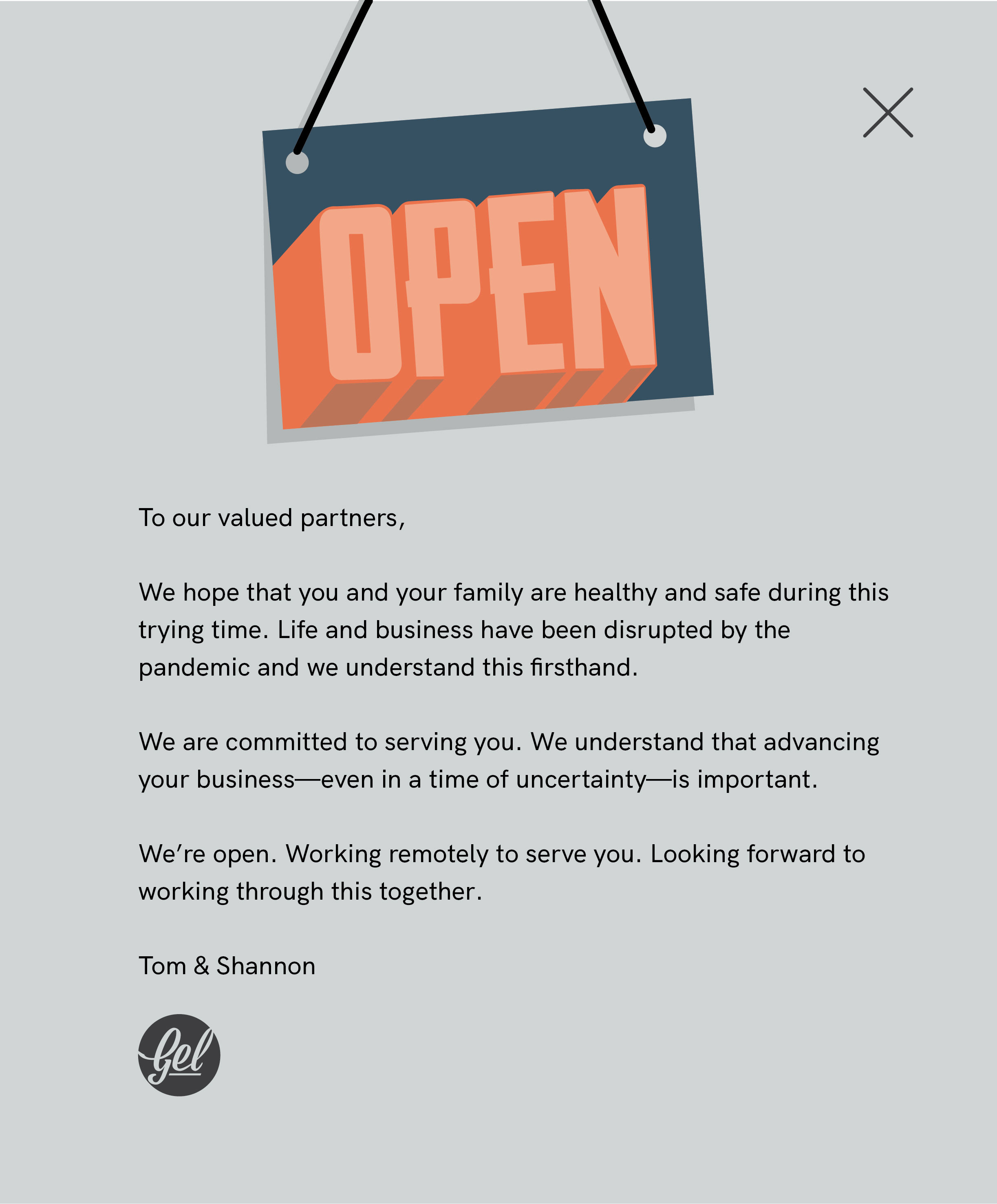Why Customer Avatars are Good for Business
Imagine you’ve been told to sell a product or a service, but they left out all the details about the buyer. “Just sell it to everyone and see who buys”.
It’s the casting-a-wide-net approach to marketing. Hardly effective and definitely not efficient, yet this is what happens when you write brand messages without a clear understanding of your ideal customer — what we like to refer to in marketing speak as your “customer avatar”.
You’ve heard it before. You should know who our ideal customer is, yet some of us haven’t done the work to figure it out. If you don’t know who you’re talking to, how do you know what to say? This lack of clarity means trying a bit of everything hoping something will stick. The result? A message that lacks focus. The consequence? You end up accepting the customers you get instead of attracting the customers you want. Taking a moment to define your customer avatar will help your marketing messages hit the right target.
Here’s what to do. Spend some cranial calories clarifying exactly who your audience is. Create your customer avatar — a detailed description of your ideal customer. Keep in mind. You may have more than one.
You might do some research to help the process. Ask your existing customers and your team, review your social media and website analytics, but remember — your existing customers may not be the ideal. You’ve attracted them with the brand story you’ve been telling up until now and it may not reflect who your ideal customer is.
Once you’ve determined their traits, the next step is to bring it to life. Write it down. Give each avatar a name and find an image that best represents them. Now summarize it all in a simple document.
Don’t stop here. Don’t just read about it. Get at it! Set an intention to craft your avatars today and commit from now on to create content with them in mind. You’ll soon feel a closer connection to the audience. You may need to make minor adjustments to the themes you’ve been writing about or to your brand’s voice. You’ll know when you’ve hit your stride by the type and level of audience engagement you receive. You’ll soon discover that it’s more than the right message to the right audience. It’s about speaking your audience’s language and solving the problems they care about.

